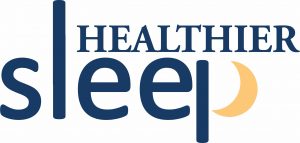Researchers in the United States have discovered a way to use artificial intelligence (AI) to evaluate Parkinson’s disease (PD), a neurological disease that affects more than 10 million people worldwide.
PD is a progressive disorder that does not have a specific diagnostic test. PD is typically diagnosed based on patient reports of symptoms like tremors in the hand muscles or stiff arms or legs. However, these symptoms usually do not show up until several years after the disease has started, leading to late diagnosis and missed opportunities for early treatment.
There is a link between PD and breathing, though, and sleep breathing disorders often present years before PD symptoms. In the study, researchers used an AI-based system to look for abnormal nighttime breathing patterns in a set of data with over 7,500 people and nearly 12,000 nights. The breathing signals were collected using either a wearable device (in this case, a breathing belt worn on the person’s chest or abdomen) or nearable device (a bedside radio signal transmitter).
Researchers found that for patients using the wearable device for one night, the AI system was about 80% accurate in identifying PD. For patients who used the nearable device for several nights, the accuracy was even higher.
The researchers from the study are hoping the AI-based system can lead to earlier diagnosis and treatment of PD. Using wearable or nearable technology could also be easier and less expensive for patients, both in diagnosing the disease and tracking its progression.
References
Yang Y, Yuan Y, Zhang G, et al. Artificial intelligence-enabled detection and assessment of Parkinson’s disease using nocturnal breathing signals. Nature Medicine. 2022; 28: 2207–2215 doi: https://doi.org/10.1038/s41591-022-01932-x
https://www.nature.com/articles/s41591-022-01932-x#authorinformation


